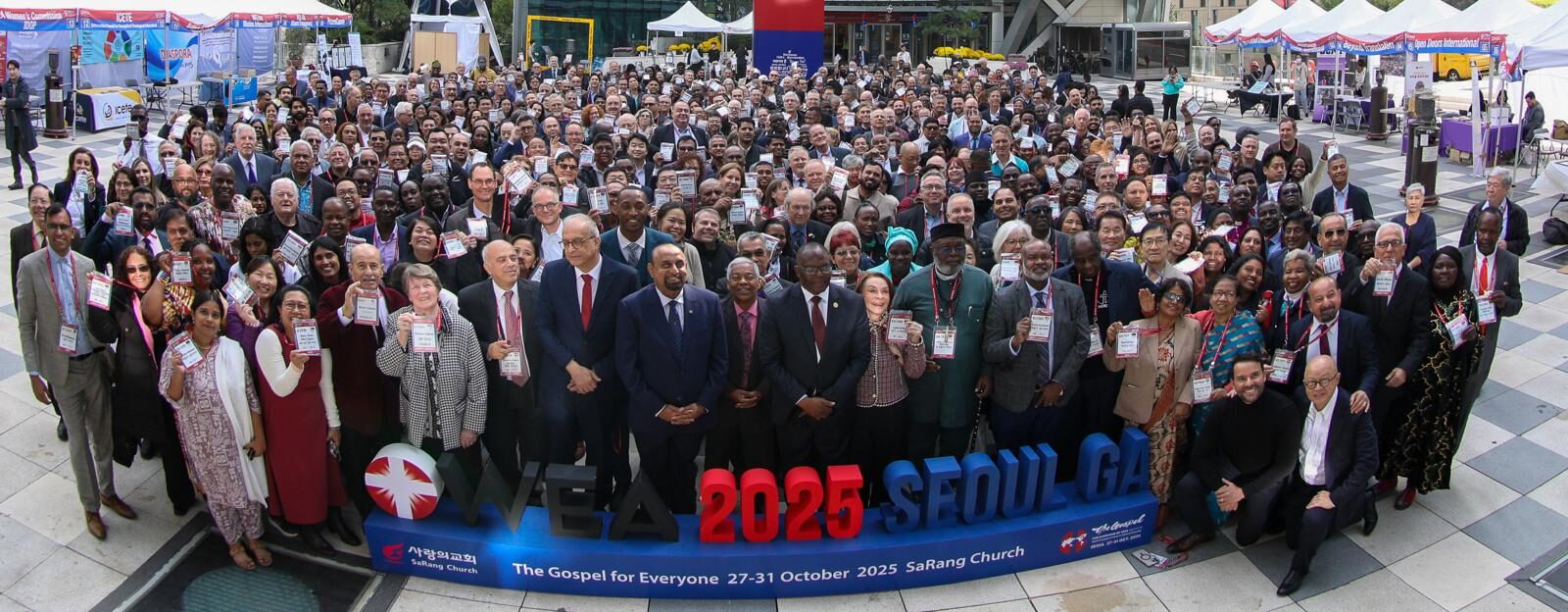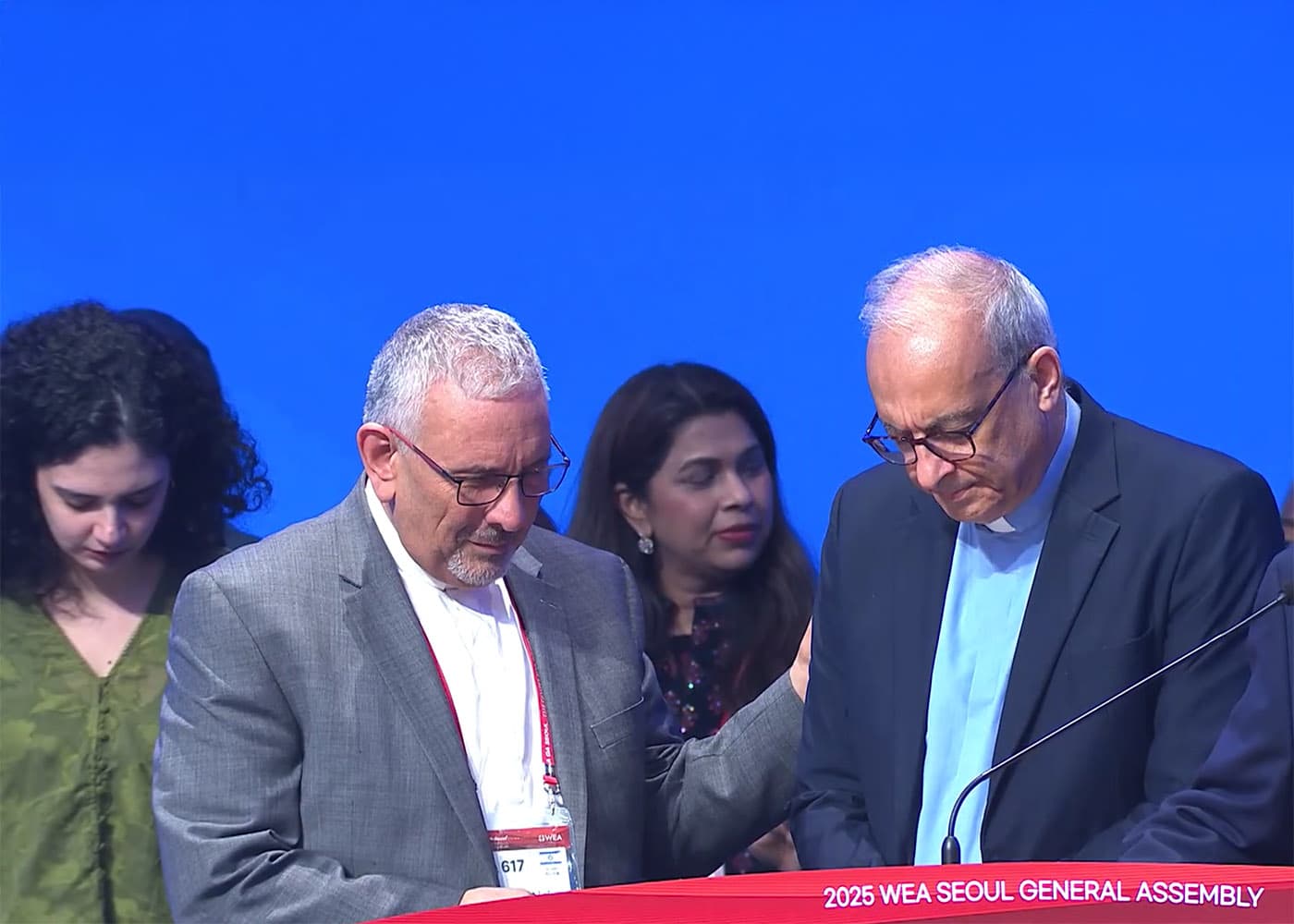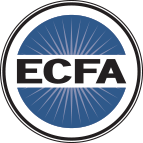The monthly GIL Webinar took place Thursday, April 2 at noon GMT. The recording of the webinar can be found at https://vimeo.com/403365759
This webinar includes short presentations from National Evangelical Alliance leaders who have created national initiatives in response to COVID-19 as well as peer discussion to brainstorm next steps for your alliance.
Please join the webinar via this link. (Find out the exact time for your time zone here.)

Five examples you can look at before next Thursday:
1. The USA National Alliance of Evangelicals (NAE) has cosponsored a two-day online free summit you can register for and watch live or recorded sessions which will be available until Easter. Find more information here and the schedule for the summit here. By registering now, you have access to later select which sessions you want to watch before Easter.
2. Statement examples from the Evangelical Fellowship of India
EFI STATEMENT AND ADVISORY ON COVID-19
Fighting COVID-19 during Lent: Prayer, Relief, Restoring Hope
3. Italian Evangelical Alliance Calls Christians to Face Coronavirus with “Trust Not Fear”
4. A series of resources and stories as part of a WEA Global Taskforce on COVID19
5. WEA Global Day of Prayer and Fasting – a global call to unite evangelicals in every nation to focus on a day of prayer and fasting for the COVID-19 crisis.
When there is a specific challenge or crisis facing a nation, National Evangelical Alliances (NEAs) have been quick to respond with relief action, public response, and leadership to unify their members. Examples include the National Christian Evangelical Alliance Sri Lanka (NCEASL) response to the 2019 Easter bombings of three Christian churches. The NCEASL responded effectively with aid to churches, public response, and a voice of forgiveness that allowed the world to see the stark contrast of the Christian faith to what had been expected.
There are many other examples of NEAs responding well to specific persecution events; government laws that oppose religious freedom or Christian values, or natural disasters affecting their nation. How to respond to an immediate and specific crisis is often clear and NEAs have done this well.
Yet what is not clear is how to initiate national leadership in the midst of a global pandemic such as COVID-19. In most cases the primary medical, policy and economic response to a global pandemic is under the authority of national governments and medical entities. In nations most affected by COVID-19 NEAs have issued public statements reminding members of key biblical insights, offering prayers, and encouraging their church members to obey government directives to not meet during this crisis. Many NEAs have provided practical resources to help churches move to live-streaming services and daily on-line prayer meetings.
- Is there anything else that a NEA can do?
- Is there anything else that members of the NEA, other Christian groups, and the public at large would desire NEA’s to do during this crisis?
- Is there a unique role that a NEA can play to benefit their nation during this time?
The WEA GIL webinar at noon GMT on Thursday April 2 will provide a forum and some key facilitators to discuss these questions. A few early principles to reflect upon before this webinar:
1. NEAs who have responded the best were prepared beforehand for a situation such as this. They had updated contact lists for their members and trust relationships built over time. They had updated contact lists for other Christian groups, and media outlets along with trust relationships so when the crisis came, they did not waste time updating their contacts list and their public statements were received with the trust of time-proven wisdom and friendship. These lists and relationships were not accidental but a result of specific strategies these NEA’s implemented years beforehand.
The best time to start these proactive strategies for the next crisis is now when the lack of those strategies are most apparent. This webinar is a good place to develop vision, next steps and even begin planning with ongoing GIL coaching to raise funds, update communication technologies, and develop relationship building strategies for NEA’s to be best prepared for future crises.
2. NEAs who have responded best partnered with experts in their network. No NEAs have the resources to provide all the services their members need, but they can find, curate, recommend and connect their members to experts that are most helpful during a crisis. The COVID-19 Church Summit in the link above is an excellent example of the US NEA partnering with the Humanitarian Disaster Institute of Wheaton College.
3. NEAs who have responded best understand their members are not just local churches. A NEA is often called upon to represent all evangelicals in their nation, not just those who are local churches and denominations who sign on as members. Building relationships, and even membership strategies with key evangelicals in government, health, businesses, media, arts and entertainment, education in addition to churches allows NEA’s to have relationships in the key sectors that are most needed during a time of crisis. These relationships also help a NEA to serve church members and better accomplish the seven NEA development indicators:
Unity
A healthy Alliance engages a broad spectrum of churches, organizations and individuals who affirm a WEA aligned statement of faith to unite them for missional action. Collaborative activities demonstrate healthy and inclusive diversity in gender, age, ethnicity, denomination, social sectors, and socio-economic relationships.
Voice
A healthy Alliance represents evangelicals with a proactive, prophetic and peacemaking voice to government, media and society.
Service
A healthy Alliance serves its constituency with relevant and impactful programs, products and services resulting in their growing member involvement in the Alliance.
Vision
A healthy Alliance provides visionary leadership that motivates its members and national leaders toward common goals that advance the Kingdom of God.
Leadership
A healthy Alliance maintains governance with clear structures, efficient processes and executive staff that hold it accountable to its mission and constituency. Its leadership develops culture, with succession planning that engages younger leaders at every level of the organization.
Sustainable
A healthy Alliance funds activities with diverse streams, including membership dues, sales, contributions in kind and donations. It manages finances with integrity and transparency and is financially self-sustaining.
Partnership
A healthy Alliance partners with others and contributes to the initiatives and programs of its regional alliance and the WEA.
More about these development indicators including an opportunity to reflect on the strengths and challenges of you own alliance can be found at NEA Survey of Development Indicators.
]]>





Stay Connected